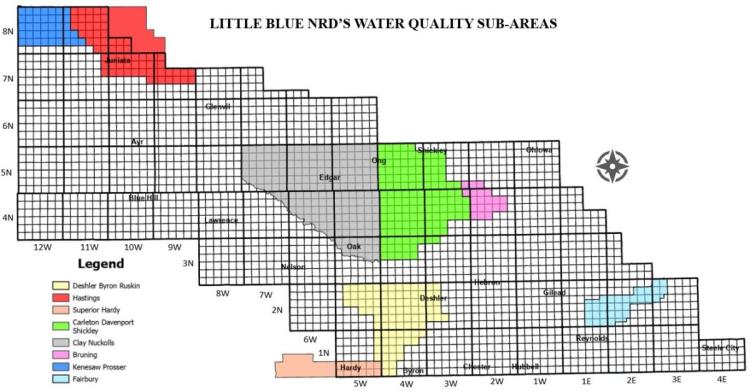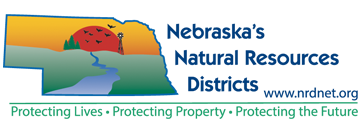Little Blue NRD Elevates Enforcement in High Nitrate Areas
Little Blue NRD Elevates Enforcement in High Nitrate Areas
DAVENPORT, Nebraska -- The Little Blue Natural Resources District (NRD) has taken a significant step in protecting water quality by elevating four areas with known high nitrate concentrations to Level III, its highest level of enforcement.
Background on Nitrate Concerns
Nitrates are a common contaminant in groundwater, often stemming from agricultural activities such as fertilizer use and animal waste. Elevated nitrate levels in drinking water can lead to severe health issues, including methemoglobinemia or “blue baby syndrome” in infants and potential links to certain cancers in adults. The Environmental Protection Agency (EPA) sets the maximum contaminant level for nitrates in drinking water at 10 parts per million (ppm).
Areas Affected
The four areas identified by the Little Blue NRD have consistently shown nitrate concentrations exceeding the EPA’s safety threshold. These areas are:
- Bruning Sub-Area: A 20 square mile area surrounding Bruning.
- Fairbury Sub-Area: A 32 square mile area surrounding Fairbury.
- Deshler/Byron/Ruskin Sub-Area: A 92 square mile area encompassing Deshler and Ruskin, running south to the Kansas border, west of Byron.
- Kenesaw/Prosser Sub-Area: A 38 square mile area near Kenesaw and Prosser.
Please see the map on Little Blue’s website at littlebluenrd.org under the “Groundwater Management, Water Quality” tab for more detail on the aforementioned areas.
Highest Level of Enforcement (Level III)
The Little Blue NRD’s highest level of enforcement includes several measures aimed at reducing nitrate leaching into groundwater. Key actions in these areas include:
- Annual collection of soil samples and analysis on all fields shall be submitted to the District by April 1st of each year.
- Commercial Nitrogen Fertilizer is prohibited prior to March 1st unless a nitrogen inhibitor is used.
- Irrigation scheduling is required on all irrigated fields.
- Operators/Landowners are required to adhere to the licensed soils test laboratory fertilizer recommendations, including all available nitrogen credits.
Community Impact and Response
The Board decision to elevate these areas to Level III reflects a proactive approach to safeguard public health and preserve the region’s natural resources. Local farmers and landowners are expected to face challenges in adapting to these regulations, but the NRD is committed to providing support and resources to assist with the increased requirements.
“We understand the burden this places on our agricultural community, but the long-term benefits of clean and safe water far outweigh the inconveniences,” said Little Blue NRD Assistant Manager Tyler Goeschel. “Our goal is to work collaboratively with all stakeholders to achieve sustainable water quality improvements.”
Looking Ahead
The Little Blue NRD plans to review the effectiveness of these measures annually and if nitrates continue to rise, the Board may impose other best management practices as deemed appropriate to protect groundwater quality.
Residents and stakeholders are encouraged to participate in public meetings and stay informed about ongoing efforts through the Little Blue NRD’s website.
Conclusion
The elevation of these four areas to Level III underscores the Little Blue NRD’s commitment to addressing the issue of nitrate contamination. By implementing the requirements mentioned above, the District aims to protect the health of its residents and the environment for years to come.

